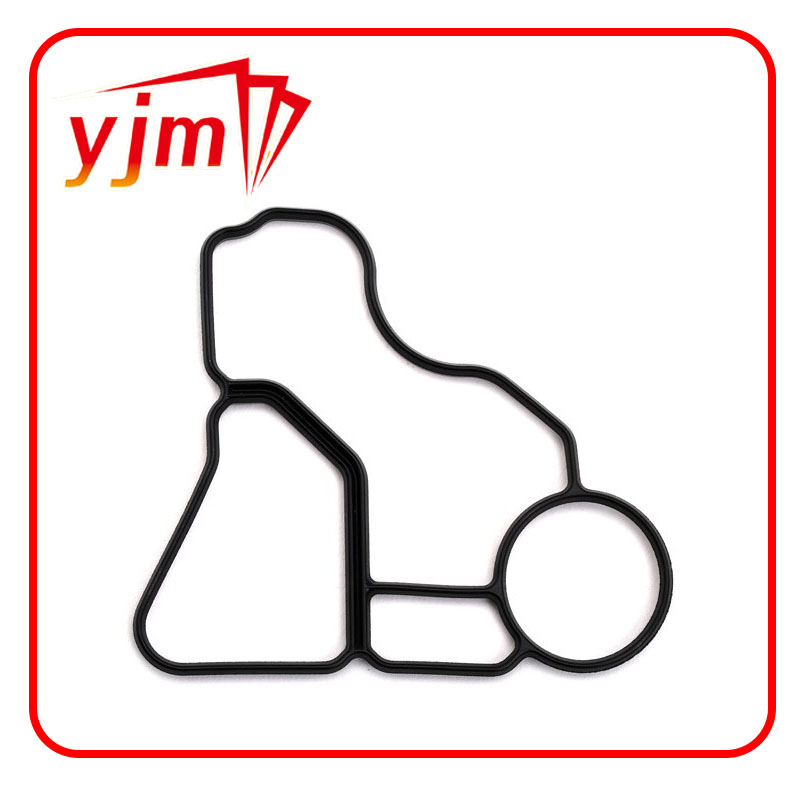Understanding the Importance of Engine Oil Filter Housing Gasket for Automotive Maintenance and Performance
Understanding Engine Oil Filter Housing Gasket Importance and Maintenance
The engine oil filter housing gasket is a crucial component in the automotive world, often overlooked yet vital for ensuring the smooth operation of an engine. This gasket serves as a seal between the oil filter and the engine block, preventing oil leaks that could lead to catastrophic engine failure if not addressed promptly. In this article, we will explore the significance of the oil filter housing gasket, common issues that arise, and best practices for maintenance.
The Role of the Oil Filter Housing Gasket
At its core, the oil filter housing gasket is designed to create a tight seal that allows oil to flow efficiently through the engine while keeping contaminants out. When functioning correctly, the gasket helps maintain the integrity of the oil system, ensuring that the engine remains lubricated and free from debris. This is particularly important as engine oil plays a critical role in reducing friction, dissipating heat, and cleaning engine components.
Signs of a Failing Gasket
Over time, heat and pressure can cause the oil filter housing gasket to wear out, leading to potential leaks. Some common signs indicating that the gasket may need attention include
1. Oil Leaks The most obvious sign is the appearance of oil spots under the vehicle. If you notice dark, greasy stains on your driveway or garage floor, it may be time to inspect the gasket.
2. Low Oil Levels Regular checks of your oil level may reveal a decrease without any visible leaks outside. This could indicate that oil is leaking internally, possibly due to a compromised gasket.
3. Engine Overheating Insufficient oil circulation can lead to increased engine temperatures. If the engine runs hotter than normal, it might be due to a failing oil filter housing gasket.
engine oil filter housing gasket

4. Unusual Noises Lack of lubrication can lead to increased friction between engine components, resulting in knocking or grinding noises.
Addressing Gasket Issues
If you suspect that your oil filter housing gasket is failing, it is essential to address the issue promptly. Ignoring leaks can lead to severe damage, necessitating costly repairs. Here are steps to take if you suspect a failing gasket
1. Visual Inspection Start by checking the area around the oil filter for signs of oil accumulation. Look for cracks or wear on the gasket itself.
2. Replace the Gasket If you confirm that the gasket is the source of the leak, replacing it is necessary. This process usually involves draining the oil, removing the old gasket, cleaning the surface, and installing a new gasket before refilling the oil.
3. Regular Maintenance Implementing a routine maintenance schedule can help catch issues before they develop into significant problems. Regularly check your oil levels and inspect the oil filter housing for wear and tear.
4. Consult a Professional If you are unsure about diagnosing or replacing the gasket yourself, consult with a qualified mechanic. They can provide a comprehensive inspection and carry out the necessary repairs.
Conclusion
The engine oil filter housing gasket may be a small component, but its importance in maintaining engine health cannot be overstated. Proper maintenance and timely repairs can not only prolong the life of your engine but also enhance its performance. Regularly checking for signs of wear and staying vigilant about your vehicle’s oil leaks can save you time and money in the long run. Ultimately, a well-functioning oil filter housing gasket is integral to supporting the overall durability and efficiency of your engine.
-
The Ultimate Guide to Boat Propeller Bearings and Trailer Wheel Bearings
News Jul.31,2025
-
The Essential Guide to Marine Bearings and Boat Trailer Wheel Bearings
News Jul.31,2025
-
The Complete Guide to Heavy Duty Seals: Protecting Doors and Spaces Efficiently
News Jul.31,2025
-
Essential Guide to Marine Shaft Bearings and Boat Trailer Axle Bearings
News Jul.31,2025
-
Comprehensive Guide to Marine and Trailer Bearings for Safe Boating and Transport
News Jul.31,2025
-
Comprehensive Guide to Automotive Oil Seals: Protecting Your Engine and Shafts
News Jul.31,2025
-
Understanding Automotive Oil Seals: Essential Components for Engine and Shaft Protection
News Jul.30,2025
Products categories















